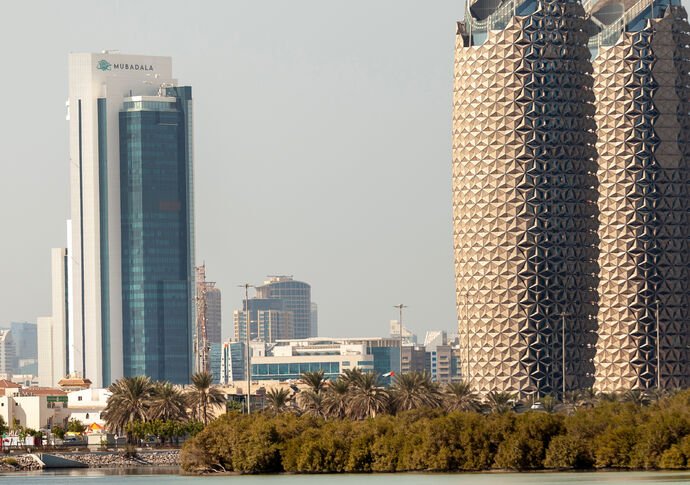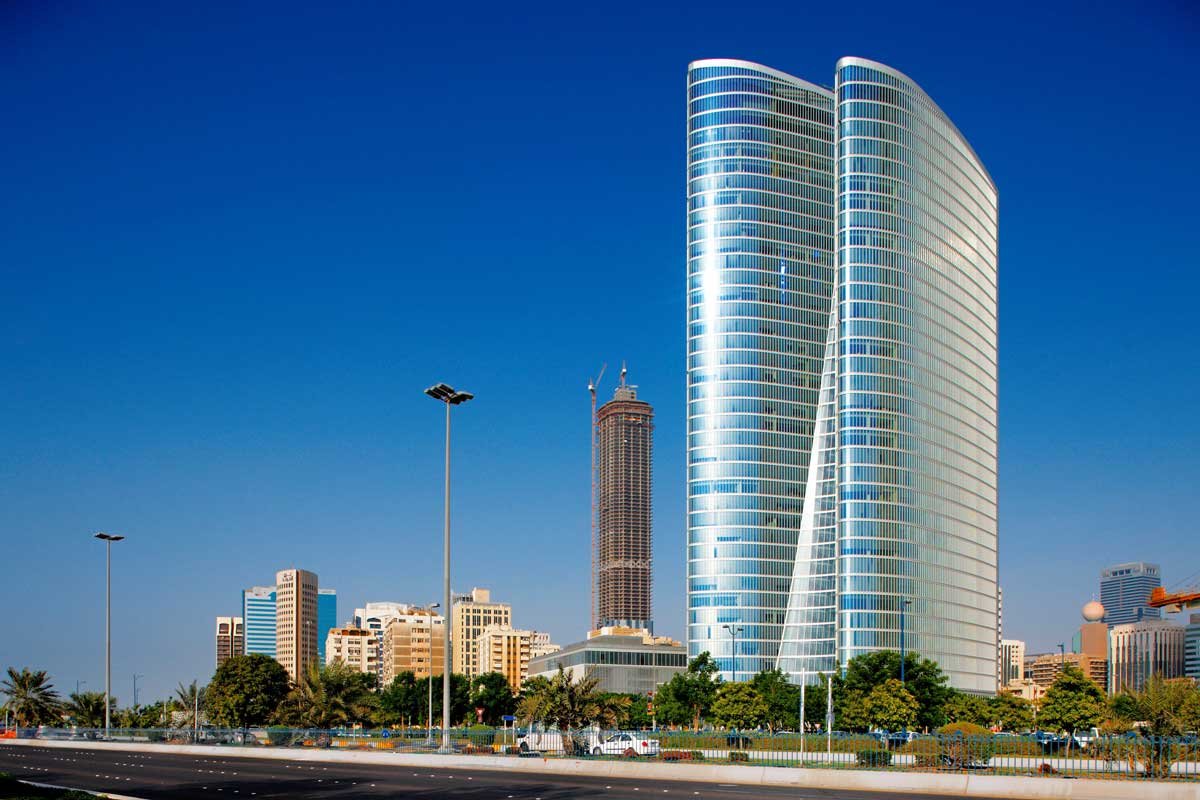Sovereign wealth funds (SWFs) have long been key players in the global economy, especially in resource-rich countries. In the Middle East, countries like the UAE, Saudi Arabia, Qatar, and Kuwait have used their SWFs to invest surplus revenues, primarily from oil and gas, into diverse asset classes around the world. As the global economic landscape evolves and as oil-dependent economies look to reduce reliance on fossil fuels, these funds are increasingly diversifying their portfolios to ensure long-term sustainability and growth.
This article explores how the region’s most powerful SWFs are diversifying their investments, the industries they are targeting, and the implications of these shifts on both the regional and global economies.
1. The Role of Sovereign Wealth Funds in the Middle East
Sovereign wealth funds in the Middle East have traditionally played an essential role in stabilizing economies, supporting fiscal budgets, and ensuring future financial security for their respective countries. Most SWFs in the region were established to invest excess oil revenues, but as governments seek to reduce dependency on oil, these funds are becoming vehicles for economic diversification.
Some of the most prominent sovereign wealth funds in the region include:
- Abu Dhabi Investment Authority (ADIA) – One of the world’s largest SWFs, managing over $900 billion in assets.
- Public Investment Fund (PIF) of Saudi Arabia – With assets over $700 billion, PIF is at the center of Saudi Arabia’s Vision 2030.
- Qatar Investment Authority (QIA) – Managing over $450 billion, QIA has a diversified portfolio spanning real estate, infrastructure, and technology.
- Kuwait Investment Authority (KIA) – The oldest SWF in the world, managing over $750 billion in assets.
2. Moving Away from Oil Dependency
A key reason behind the diversification efforts of these SWFs is the global shift away from fossil fuels. As countries increasingly commit to reducing carbon emissions and investing in renewable energy, Middle Eastern economies that have historically depended on oil revenues are seeking alternative ways to sustain growth. This has led to sovereign wealth funds playing a pivotal role in funding non-oil sectors both domestically and internationally.
For instance, Saudi Arabia’s Public Investment Fund (PIF), one of the largest SWFs in the region, is at the heart of the kingdom’s Vision 2030 plan, which aims to reduce its dependency on oil by developing sectors like technology, tourism, entertainment, and renewable energy.

3. Key Sectors for Diversification
As SWFs diversify their portfolios, several industries are seeing a significant influx of capital from these funds. The diversification strategies generally focus on high-growth industries that are expected to define the future global economy.
a) Technology and Innovation
Technology is one of the fastest-growing sectors globally, and SWFs are eager to capitalize on the rise of artificial intelligence, big data, fintech, and other disruptive innovations. The Mubadala Investment Company in the UAE has been particularly active in the tech space. Mubadala’s $15 billion investment in SoftBank’s Vision Fund underscores its commitment to technology. The fund has also invested in companies like Waymo, Slack, and Uber, positioning itself as a key player in the global tech ecosystem.
Similarly, Saudi Arabia’s PIF has made significant investments in technology. PIF’s $45 billion investment in SoftBank’s Vision Fund is one of its largest technology bets, aimed at supporting startups and tech companies globally.
b) Renewable Energy and Sustainability
The shift toward renewable energy is a major area of focus for Middle Eastern SWFs, particularly as their home countries look to lead the global transition to a low-carbon future. For example, Masdar, a subsidiary of Mubadala, is a global leader in renewable energy, investing in solar, wind, and sustainable energy projects across the world. Masdar’s solar farms in Morocco, Egypt, and the UK reflect the region’s commitment to sustainable investments.
The PIF is also heavily involved in renewable energy. Through its investment in NEOM, a futuristic mega-city being built in Saudi Arabia, PIF is spearheading the development of green hydrogen, renewable energy infrastructure, and sustainable urban development.
c) Real Estate and Infrastructure
Real estate and infrastructure remain core components of SWF portfolios. These funds are heavily invested in iconic properties and infrastructure projects across major global cities. The Qatar Investment Authority (QIA), for example, owns stakes in London’s Canary Wharf, New York’s Empire State Building, and Harrods, one of the most famous department stores in the world.
In the domestic market, sovereign wealth funds are leading infrastructure projects that are central to national development plans. The PIF, for example, is behind Qiddiya, a massive entertainment and tourism development in Riyadh, and the Red Sea Project, a luxury tourism destination along Saudi Arabia’s western coast.
d) Healthcare and Biotechnology
The COVID-19 pandemic accelerated SWF interest in the healthcare and biotechnology sectors. As governments around the world scrambled to strengthen healthcare systems and develop vaccines, Middle Eastern sovereign wealth funds saw an opportunity to diversify into this rapidly growing sector.
Mubadala, for example, has invested in G42 Healthcare, an Abu Dhabi-based company specializing in artificial intelligence and genomic research. G42 was instrumental in the development and distribution of the Sinopharm COVID-19 vaccine in the UAE. This investment reflects Mubadala’s focus on the biotech sector as a strategic area for growth.
e) Tourism and Entertainment
With an eye on becoming global tourism and entertainment hubs, Middle Eastern countries are leveraging their SWFs to invest in mega-projects. Saudi Arabia’s PIF has been particularly active in this sector, with investments in high-profile projects such as Qiddiya, the Red Sea Project, and Amaala, a luxury wellness and tourism destination. These projects aim to attract international tourists and transform Saudi Arabia into a global destination for leisure and entertainment.
Additionally, Qatar’s SWF has focused on tourism-related infrastructure, particularly in preparation for hosting the 2022 FIFA World Cup. Investments in hotels, stadiums, and transportation systems are critical to the country’s post-event tourism strategy.
4. Geographic Diversification: A Global Approach
Sovereign wealth funds in the Middle East are also expanding geographically, seeking opportunities beyond the region to reduce risk and capture growth in international markets. Europe, the US, and Asia remain key regions for SWF investments.
Abu Dhabi Investment Authority (ADIA) has diversified its portfolio with investments in North American real estate, European infrastructure projects, and Asian technology firms. Likewise, QIA has a strong presence in Europe, with significant stakes in Volkswagen, Glencore, and Barclays Bank.
By spreading their investments across multiple regions and industries, SWFs are reducing exposure to the volatility of any single market and ensuring a steady flow of returns.

5. Challenges and Opportunities Ahead
While SWFs have made great strides in diversifying their portfolios, challenges remain. The global push toward environmental, social, and governance (ESG) standards is prompting funds to rethink their investment strategies, particularly in industries that may not align with ESG principles. Furthermore, the shift away from oil revenues requires that SWFs manage their assets more effectively to ensure that they continue to generate sustainable returns in the face of fluctuating commodity prices.
On the other hand, SWFs are uniquely positioned to lead in sectors like clean energy, technology, and infrastructure, all of which are expected to be the pillars of future economic growth. Their vast resources, long-term investment horizons, and strategic importance to their home countries mean that SWFs will continue to be key players in global markets.
Conclusion
Sovereign wealth funds in the Middle East are diversifying their investments to ensure long-term economic sustainability in a world that is increasingly moving away from fossil fuels. By targeting high-growth sectors such as technology, renewable energy, healthcare, and tourism, these funds are positioning themselves to not only secure financial returns but also to play a significant role in driving global innovation and development. As they continue to expand geographically and explore new industries, Middle Eastern SWFs will remain critical to shaping the future of both regional and global economies.
Image Courtesy Notice
At The Storiez, we value the efforts of photographers, artists, and content creators. The images featured in our articles are sourced from various news portals and online websites. We strive to ensure proper credit is given wherever possible. If you are the rightful owner of any image used here and would like to request its removal or correct attribution, please feel free to contact us. We respect intellectual property rights and aim to address concerns promptly.

